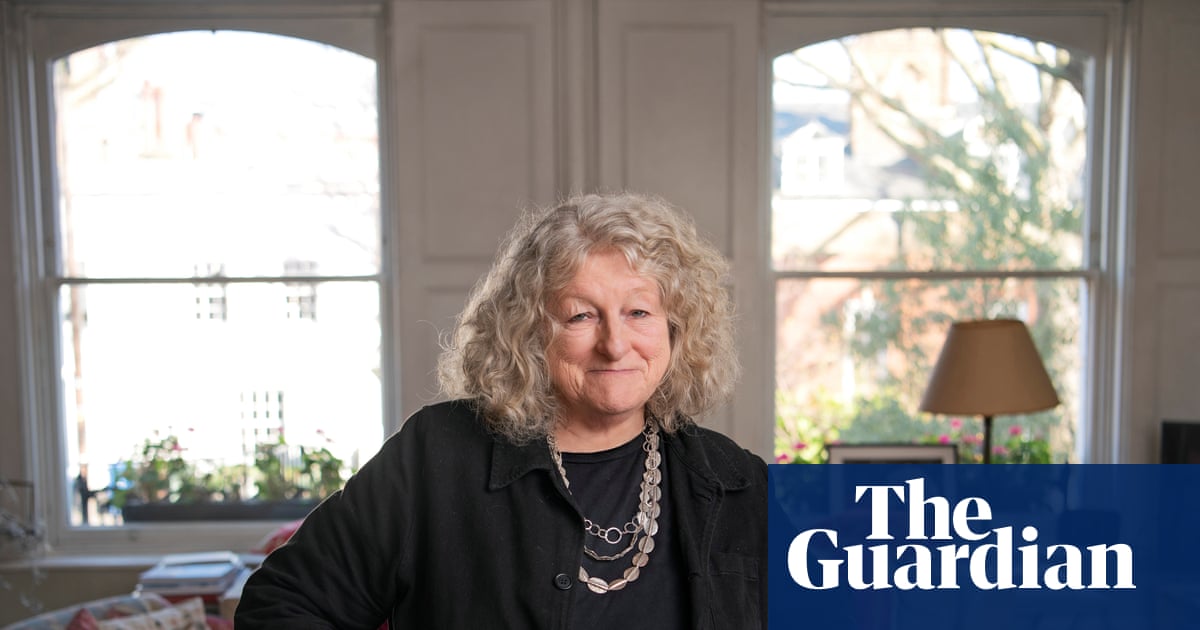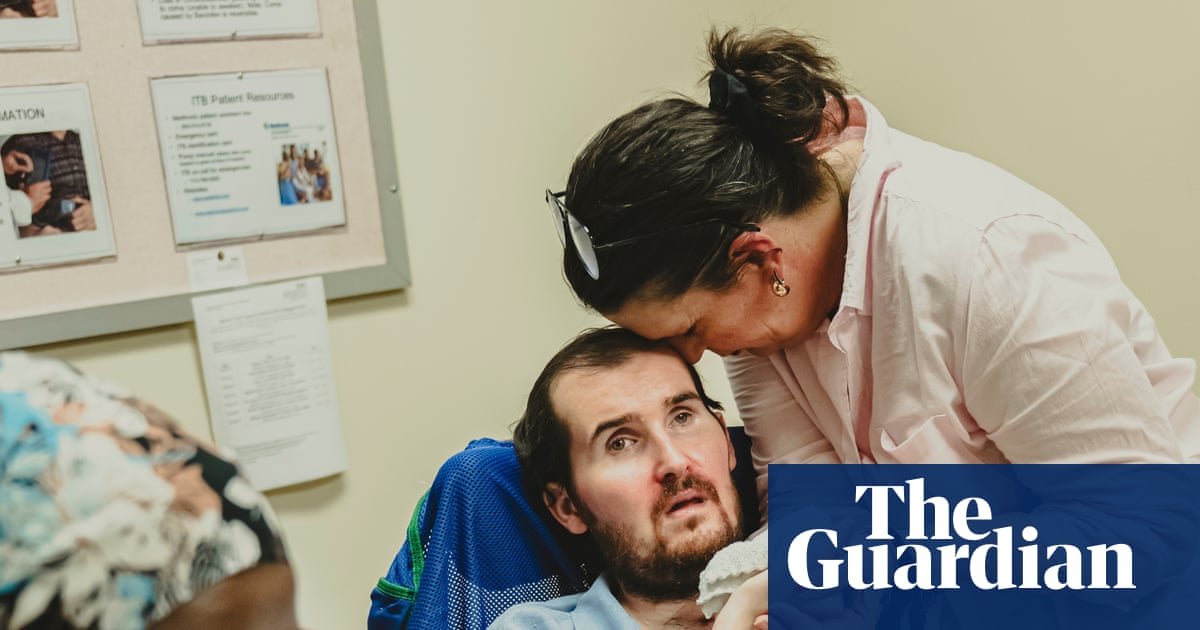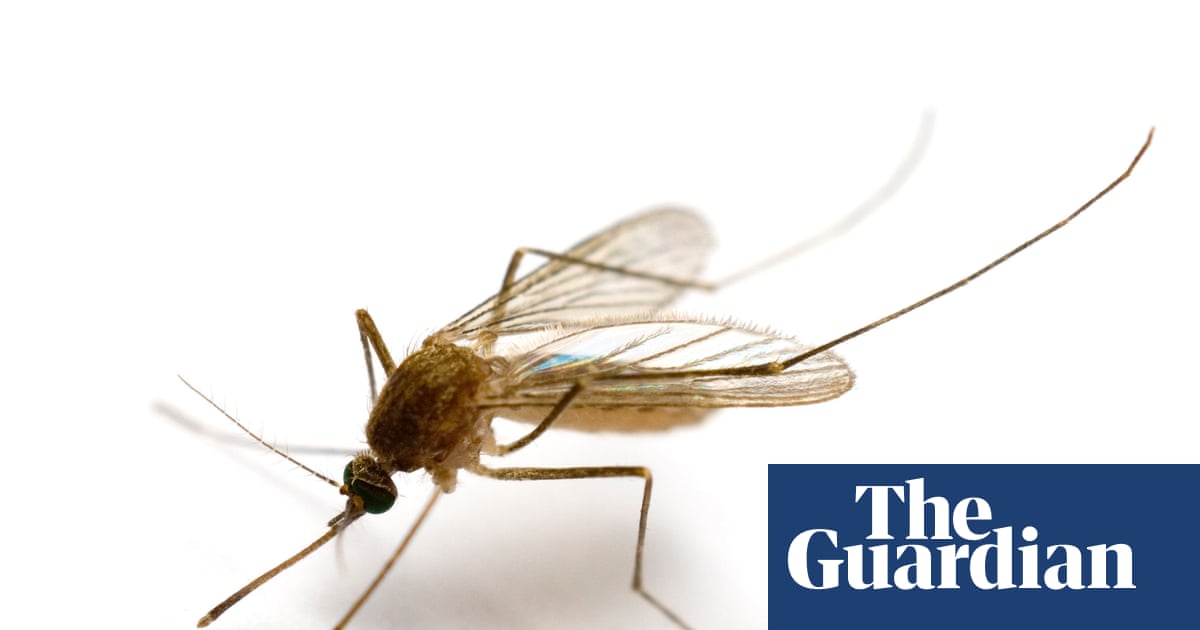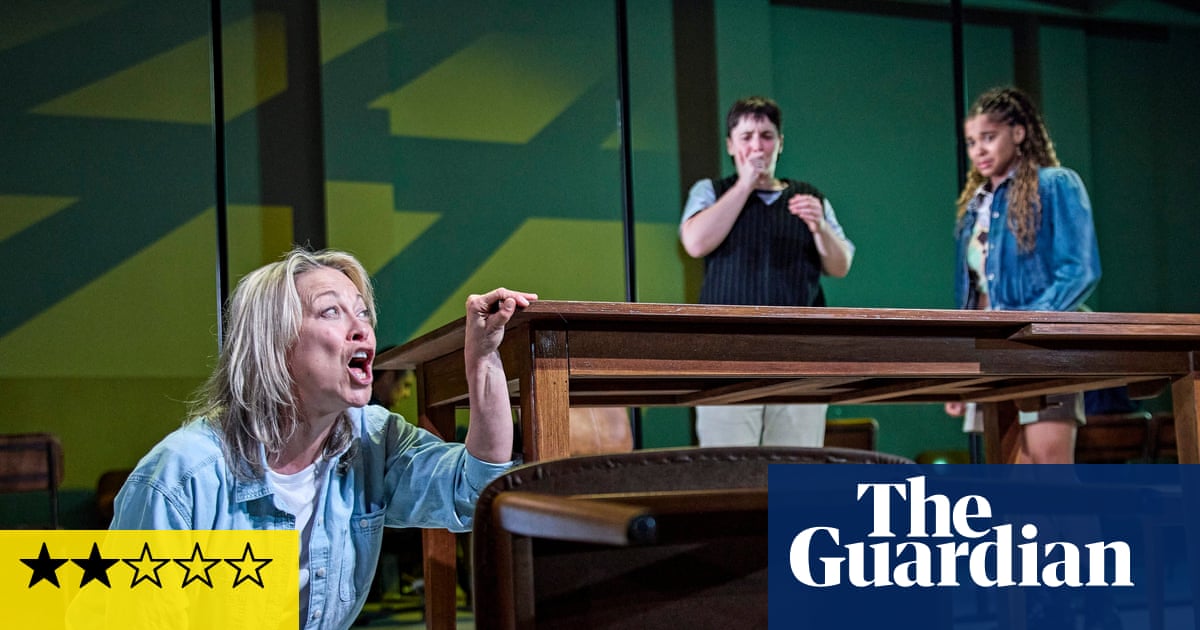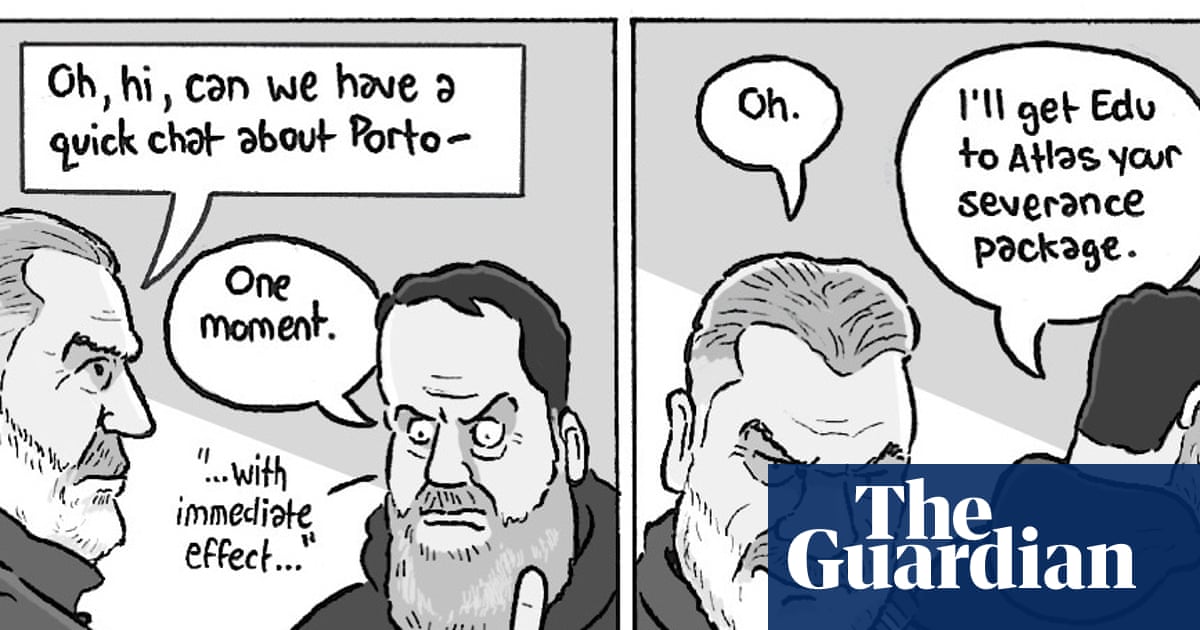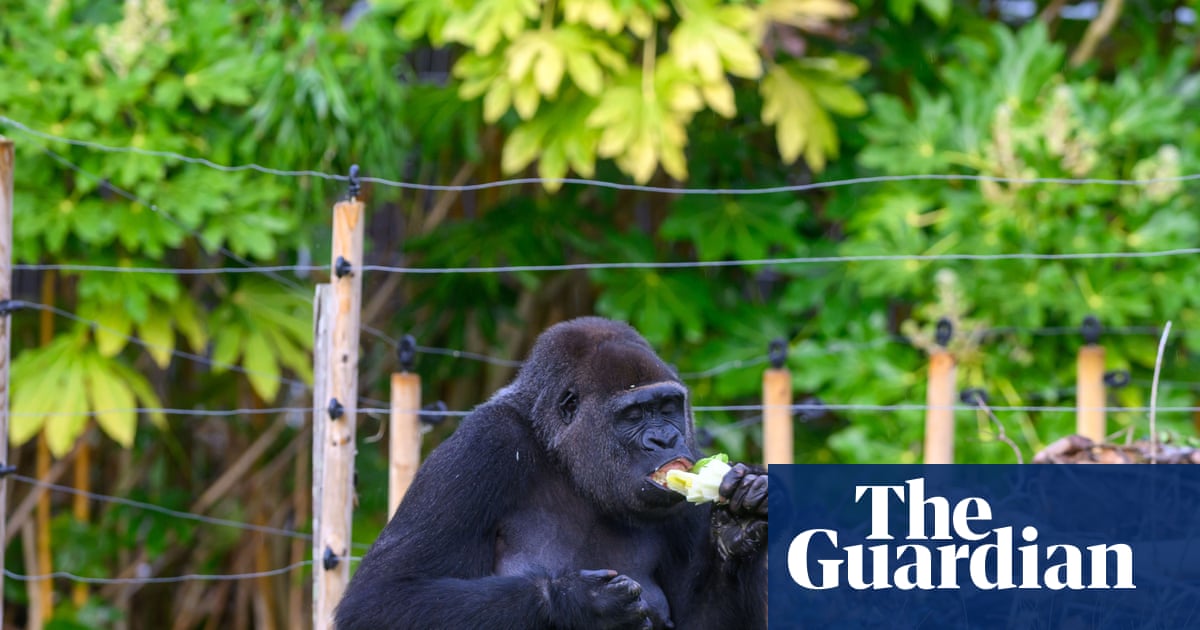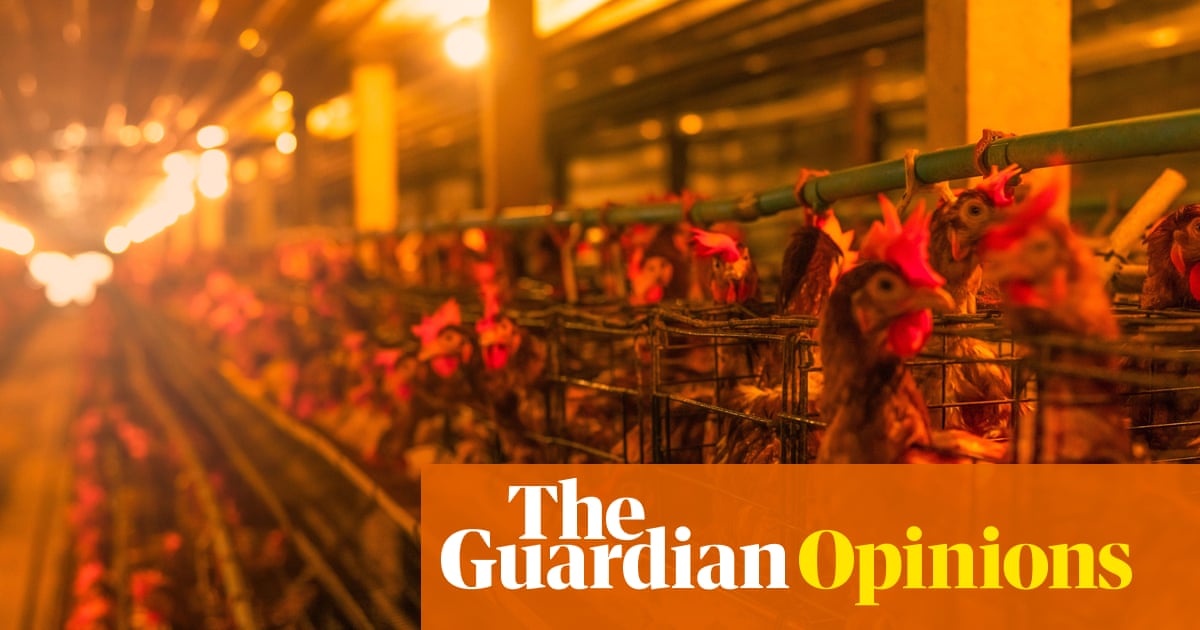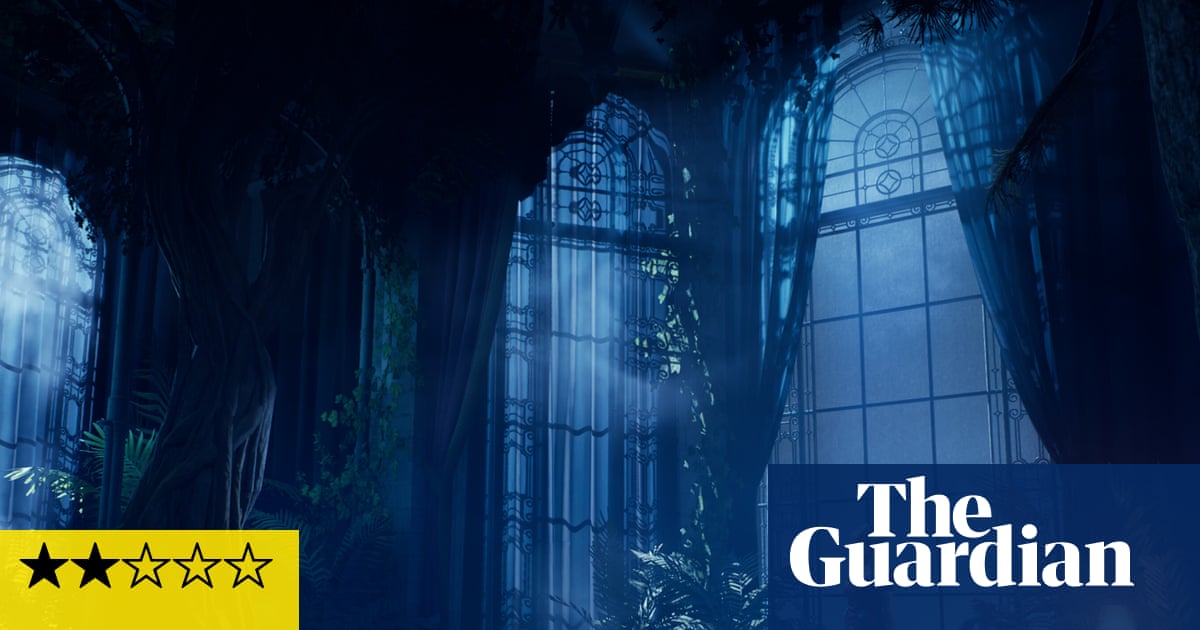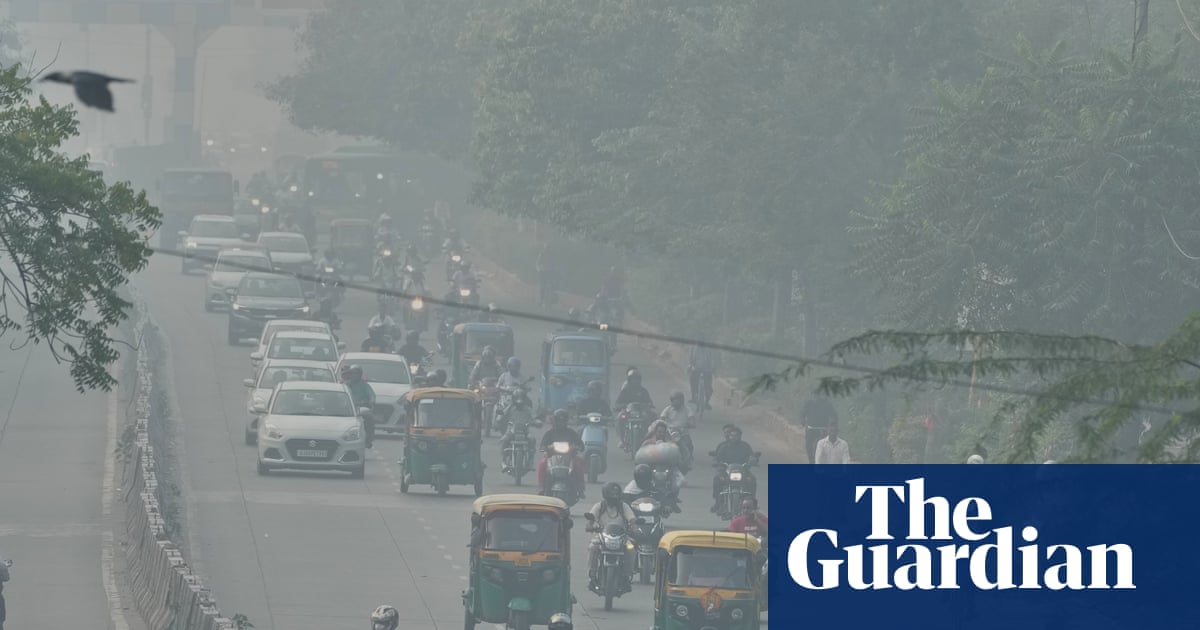It’s 7.30 on a Friday evening, but I’m not heading to the pub or putting on a film. Instead, I’ve caught the train to a market town in Wiltshire, where I’m meeting up with members of Warminster toad patrol. These are volunteers who – like similar groups up and down the country – give up their evenings to protect their local toad population.
For the common toad (scientific name Bufo bufo) is becoming increasingly uncommon. A recent study led by amphibian and reptile charity Froglife showed that the UK toad population has almost halved since 1985. To see a creature that has been a stalwart of the British countryside – not to mention a prominent feature of literature and folklore – in decline is “worrying”, says Dr Silviu Petrovan, senior researcher at the University of Cambridge and lead author of the study. Toads “don’t require very specific conditions” and “should be able to live quite well in most of the habitats in Britain,” he says – so if even they are not managing to survive, “it kind of suggests that things are not as they should be”.
Though the study didn’t cover the reasons for the decline, traffic certainly plays a part: Froglife estimates that 20 tonnes of toads are killed on UK roads every year – in other words, several hundred thousand. Unlike frogs, which would probably be happy to mate “if you left out a bucket of water”, according to one of Warminster toad patrol’s founding members, Iain Perkins, toads like large ponds. Their ability to stay out of water for longer than frogs, means they can travel further to reach them – sometimes hundreds of metres, Petrovan says. They tend to stick to their ancestral migration routes – it’s common for adult toads to return to their birth pond to mate.

Appropriately enough, the first toads begin their quest for a mate around Valentine’s day in February, but some move as late as April, waiting until it gets dark and travelling through the night. During that time, toads start moving from wherever they have been hibernating (often woodland) “all pretty much at the same time,” says Perkins.
Now 60, he grew up in Warminster and has been trying to protect its toad population since he was a boy. “They’ve got just one focus: to go and have an orgy,” he says with a laugh. If their route happens to cross a road, they could all get run over, and that mating period would never happen – preventing a new generation of toads from being born.
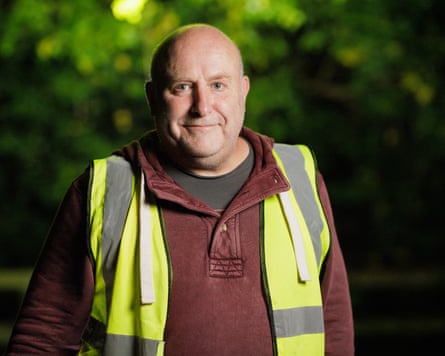
Seeing hundreds of toad carcasses on their local roads “inherently strikes a chord with people”, Petrovan says, and has led to the formation of toad patrols across the UK – 274 groups are currently registered with Froglife’s Toads on Roads initiative. These groups pick up toads and carry them across roads in buckets, as well as counting the number of toads they find (both dead and alive) and lobbying for other protection measures, such as road closures and underground wildlife tunnels.
Patrols tend to operate during the migration season, when toad crossings are more regular. However, this means they can miss groups of toadlets, which, having existed as spawn and then tadpoles, leave their ponds over an unpredictable schedule in late summer. Because of their size – just one or two centimetres wide – “they can get obliterated by car traffic”, Petrovan says. And as being run over “basically turns them into mush”, it’s harder to get data on them. At least when adult toads are killed, their carcasses can be counted.

Unlike most patrols, the Warminster volunteers, who are in their eighth year of operating, go out year-round – not every night, but whenever conditions are warm and wet, or if someone has posted about a toad sighting in their WhatsApp group. When I ask to join them on patrol, they admit it is “not a toady night” – toad hibernation season has begun and it’s been a dry day – but several of the volunteers gamely agree to walk up and down their route with me and see what we can find. “If anyone can find any toads tonight, that pair will find one,” says patrol manager Ria Painter-Coates , pointing to her 14-year-old son, Dexter, and Iain Perkins. We’ve been out for two hours without a single toad sighting, and now they have climbed over a barbed wire fence to check under some logs.

Ria and Dexter joined the patrol a year and a half ago. Dexter loves all things nature-related and has an ambition to become a conservationist, so his mother started to look for things they could do together to protect local wildlife. Now she loves it as much as he does, the 41-year-old small business owner tells me – so when the group was looking for a new manager recently, she decided to step up.
Dexter, too, has played an important role in the group. A video he made, imploring the local council to close a road through a nature reserve during migration season, swung the decision the group’s way, Perkins says. After a year of lobbying, the council agreed to an “access-only” restriction between 5pm and 5am from February through to April. Most drivers duly avoided the road.

Several cars go past when I’m out on patrol (outside the restriction period) and we find some casualties as a result – no toads, but three squashed newts. We spot one living newt as well, and Dexter is particularly pleased to see a harvestman, which dances in his hands. Yet despite the group’s best efforts to show me a toad, the local population has clearly settled down for the colder months. It seems that I wouldn’t have had any more luck anywhere else in the country – all the patrol groups I contact explain that it’s near-impossible at this time of year.
One email I receive from a Henley toad patrol volunteer, who has kindly taken the trouble to check for toads in Oaken Grove in the Chilterns, thought to be the largest accurately monitored toad population in the UK, arrives in my inbox with the subject line: “No toads”. However, in February and March, he tells me, the group expects to help approximately 10,000 adult toads across the road.
How much of a difference can these groups actually make? “The fact that people are doing this consistently on cold, damp and unpleasant late nights is quite extraordinary,” Petrovan says. “That’s something that very much should be celebrated.” However, while toad patrols are able to slow the decline, they cannot prevent it entirely – not least because traffic is not the only threat.

The climate crisis has meant longer periods of dry weather, which create the wrong conditions for some of the creatures that toads eat, such as worms and slugs, while higher water temperatures have led to an increase of blue-green algae, which can be toxic to toads. Milder winters also cause toads to wake up from their hibernation more frequently, disrupting the energy conservation vital to their life cycle. Habitat destruction – particularly the loss of large ponds – is another menace.
Petrovan is “always a bit worried about putting too much of a utilitarian spin on biodiversity”, he says. “There is a big value in just having these animals around.” But toads do have an important role to play in the food chain, eating pretty much any invertebrates or small animals they can fit in their mouths and in turn feeding a number of birds and mammals, such as hedgehogs and otters (which have a grisly method of skinning them with their teeth to avoid their poison glands, leaving behind an inside-out toad skin, “a bit like a sock”, as Petrovan puts it). He also points out that by improving things for toads – ie, creating more ponds, conserving woodland and installing toad tunnels – “we’ll improve them for a whole bunch of other species”.
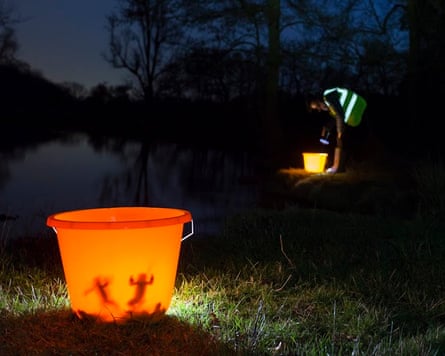
Another reason to try to keep toads around is their “important cultural value”, Petrovan adds. Myths and folklore around toads go back centuries – they have long been associated with witchcraft, as witches’ familiars or ingredients in folk remedies or black magic. Even the symbol of a toad was at one point thought to possess healing powers: women in central Europe would clench a toad-shaped effigy made of wax or iron between their knees during labour, which was believed to reduce childbirth pain.
Another folk tradition involved “toadstones” – a stone that was thought to be extracted from inside a toad’s head (Shakespeare, in As You Like It, writes of “the toad, ugly and venomous” wearing “yet a precious jewel in his head”) and have healing powers. In fact, so-called toadstones usually had nothing to do with toads, and the ones set in rings in the Middle Ages, including one currently on display at the V&A, were made from the fossilised teeth of a fish of the Jurassic and Cretaceous period called Lepidotes.
Toads have long had demonic associations: a devil’s coat-of-arms created in the Middle Ages was emblazoned with three toads, and in John Milton’s Paradise Lost, Satan appears as a toad to pour poison into Eve’s ear. But happier literary depictions are also abundant, such as George Orwell’s essay Some Thoughts on the Common Toad, which describes the spawning of toads as “one of the phenomena of Spring which most deeply appeal” to him, or the much-loved children’s series about a pair of adorable amphibians, Frog and Toad by Arnold Lobel. The most famous literary toad, of course, is Kenneth Grahame’s Mr Toad from The Wind in the Willows, who, ironically, given the amount of toad deaths they cause today, is known for his love of cars.
But unless we want these characters to be the only form in which toads exist, drastic change is needed. Tunnels built under roads could be one way to provide a permanent solution to crossing deaths, Petrovan says – but he warns that they need to be implemented with care. Results in Switzerland, where tunnels have been built on many of the country’s key toad crossing sites, have been “somewhat mixed”, and toads failed to use tunnels built in Powys in 2010.
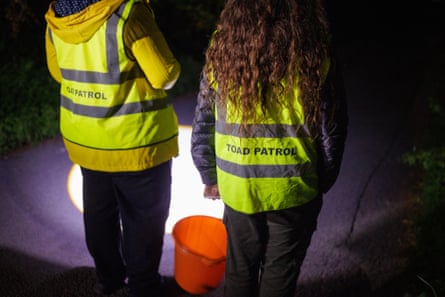
“There was a pretty horrible example from the Netherlands where they installed some toad tunnels, but the distance between them was too big,” Petrovan adds. Because fencing was put up between the tunnels, toads in those areas couldn’t get through, “which meant that in effect you were kind of killing them softly.”
We “need more science”, he says, which he admits “sounds a bit self-serving” coming from a scientist. “But I do think that there is something to be said about trying to better understand the kind of very specific reasons for their declines.”
When I chat to Dexter out on toad patrol in Warminster, he tells me most of his friends his own age aren’t interested in toad conservation. He tries to soak up as much knowledge from the older wildlife enthusiasts he meets as he can, but worries “it’s going to be quite hard unless we actually get people actively into it”. There are “so many other things to distract people” and most teenagers associate protecting nature with older people. “I think the whole idea of nature and conservation and everything will sort of die,” he says. “And that’s why we really need young people to go out and do it.”

 2 hours ago
7
2 hours ago
7
